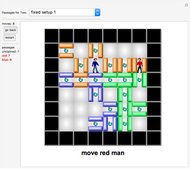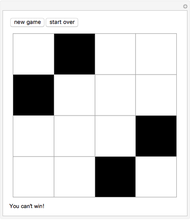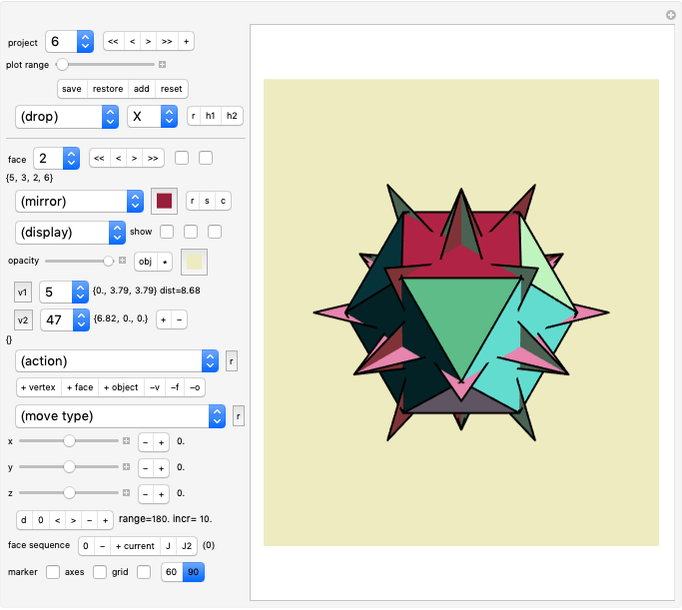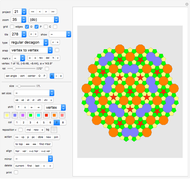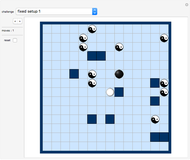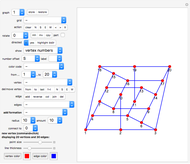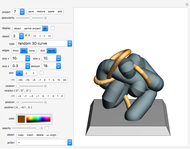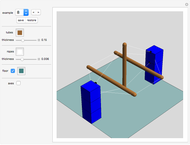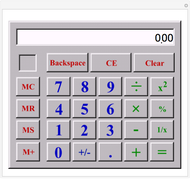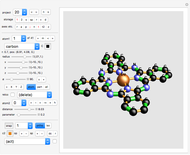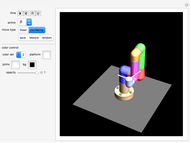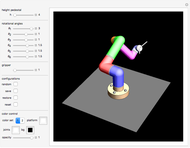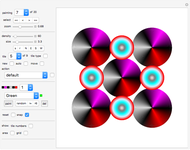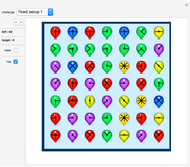Three-Color Territory Game for Two

Requires a Wolfram Notebook System
Interact on desktop, mobile and cloud with the free Wolfram Player or other Wolfram Language products.
The board is covered with "polysquare" areas, each painted in light blue, light red, or light yellow.
[more]
Contributed by: Karl Scherer (January 2016)
Open content licensed under CC BY-NC-SA
Snapshots
Details
To eliminate any advantage for the first player, the players always play two games in a row, such that each of them starts once, using the same board position.
Another option is that after the first move of Blue, the Red player declares "I take over" and swaps places with Blue. That stops Blue from starting with an extremely dominating move.
Since a player can easily get into a position with no next move, a special exceptional move is allowed: the player may drop the next token anywhere on the board.
Win/Loss
The game is over when all polysquares on the board (and hence all positions on the board) have been claimed. The player with the most points wins.
Controls
Click "challenge" to select the board size (10×10, 15×15, 20×20, and 25×25).
Click "reset" to go back to the beginning.
Click "new" to randomize the setup.
Click "take back" to go back one step (undo the last move).
Click "tile value linear/square" to give each blue area either the value equal to the tile's size or to the square of the tile's size. The value of the yellow areas is always zero.
Below the controls, some numbers are shown on the left: - "area size" (of last clicked area) - "value" (of last clicked area) - total area of blue polysquares remaining - total area of yellow polysquares remaining - total area of red polysquares remaining
History
There is also a Demonstration, "Three-Color Territory Puzzle", available (solitaire game) from the same author.
Permanent Citation







